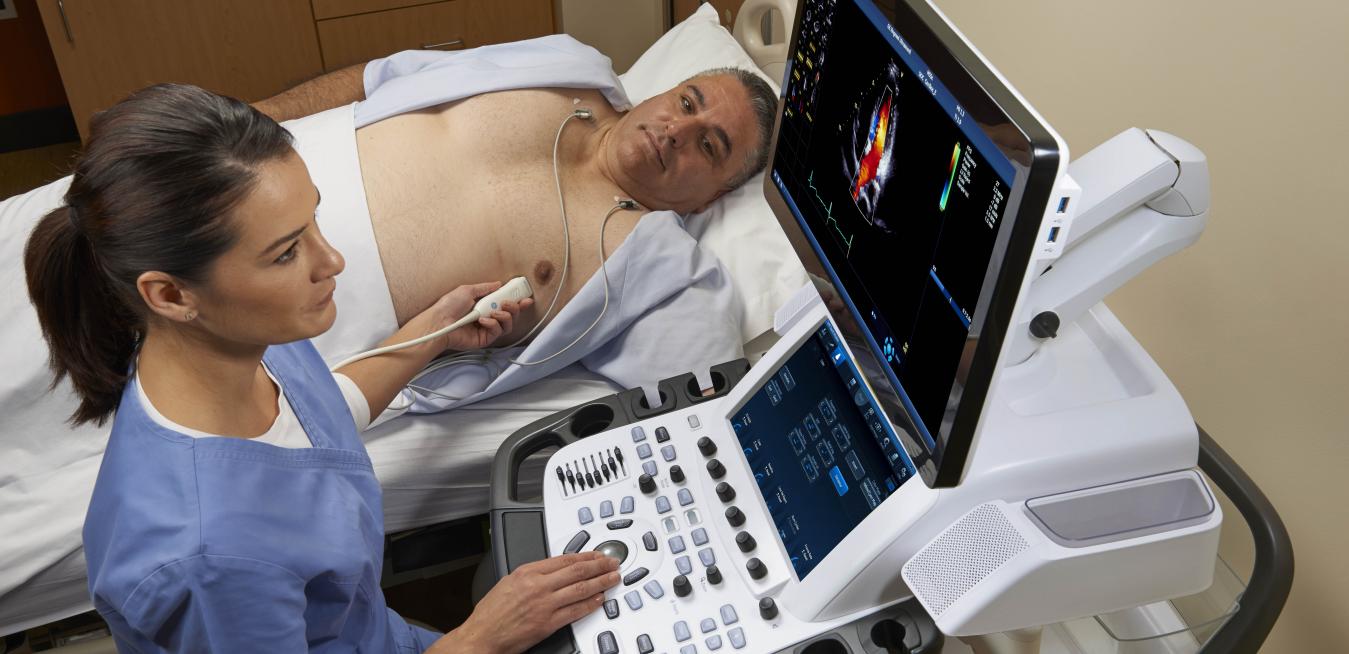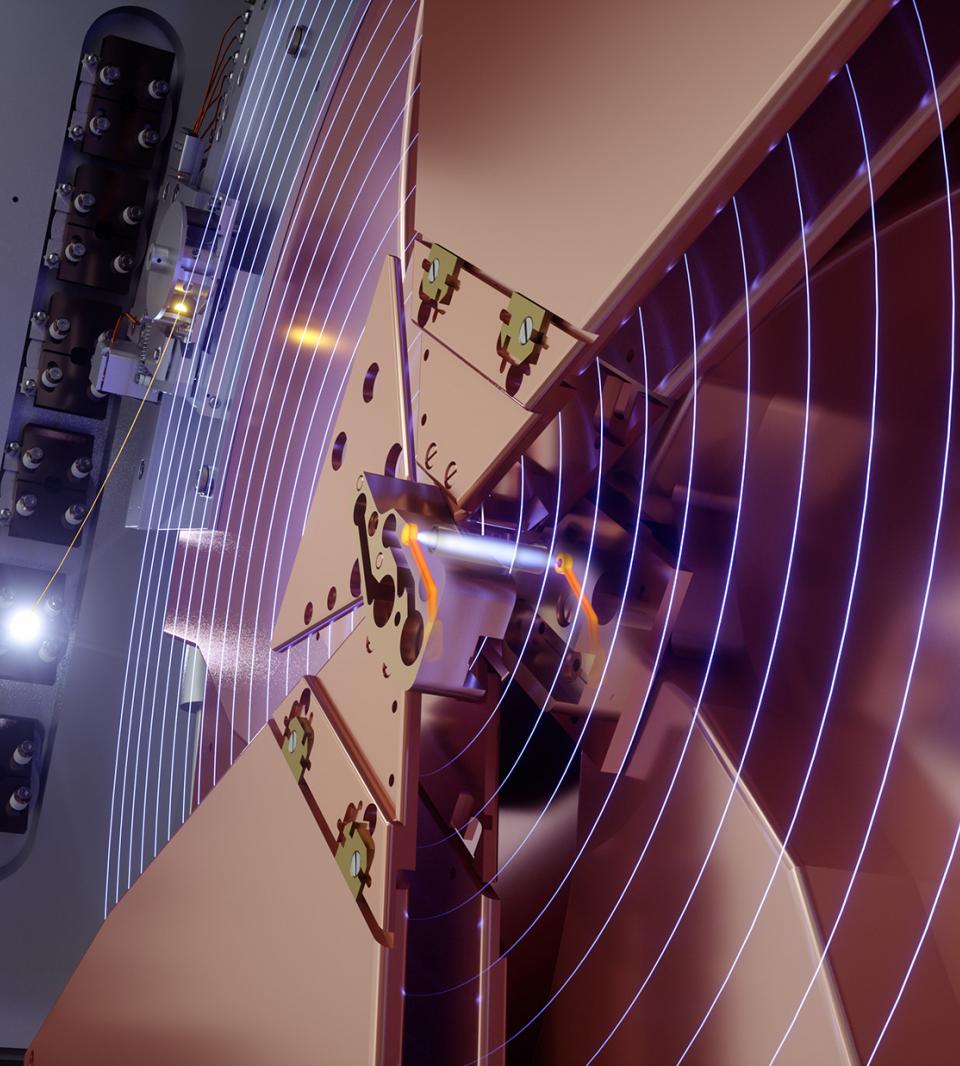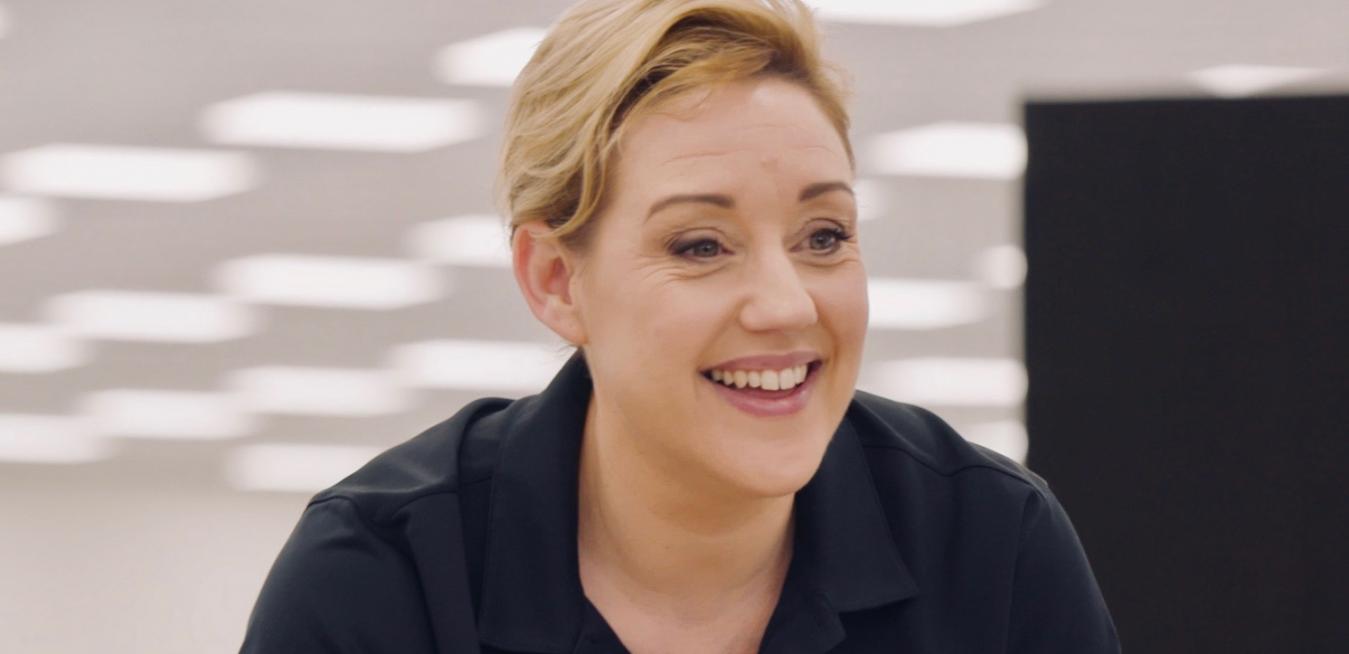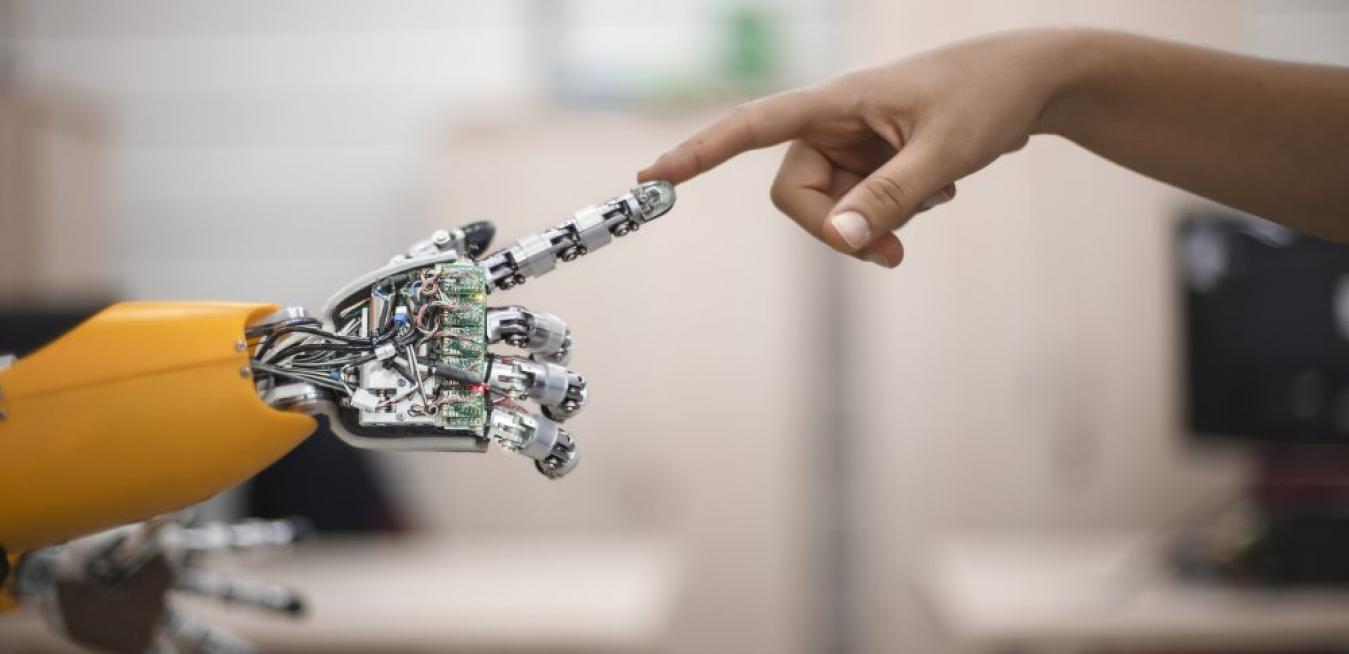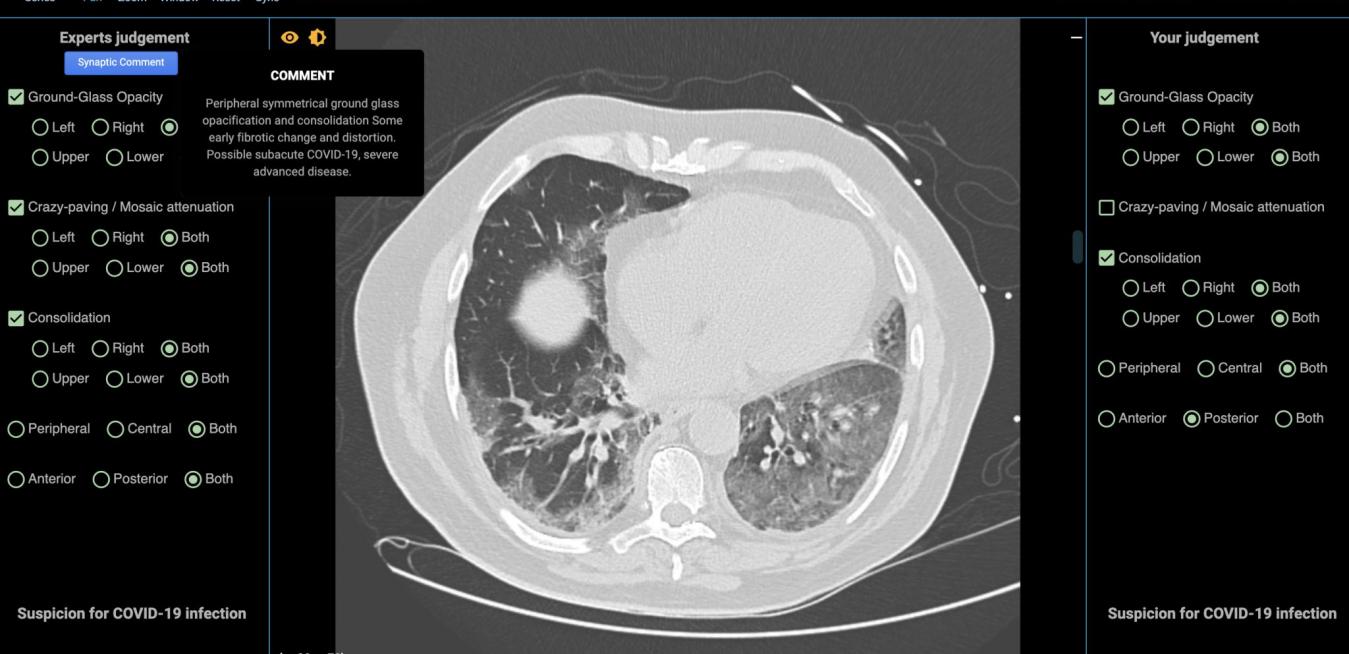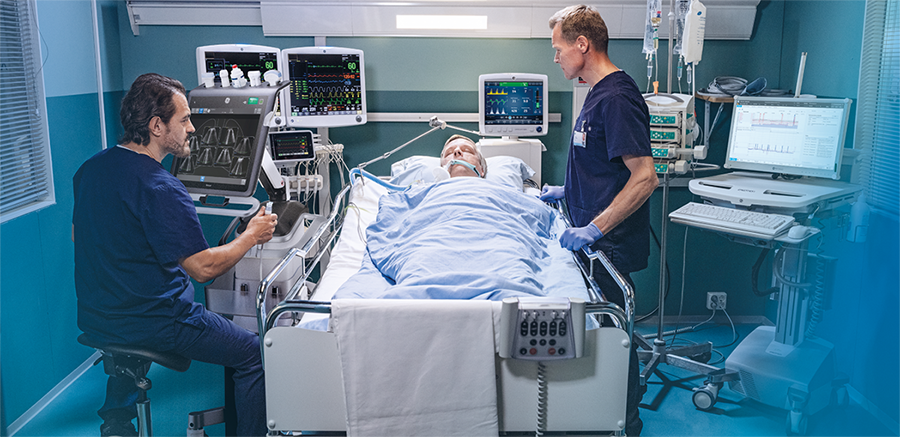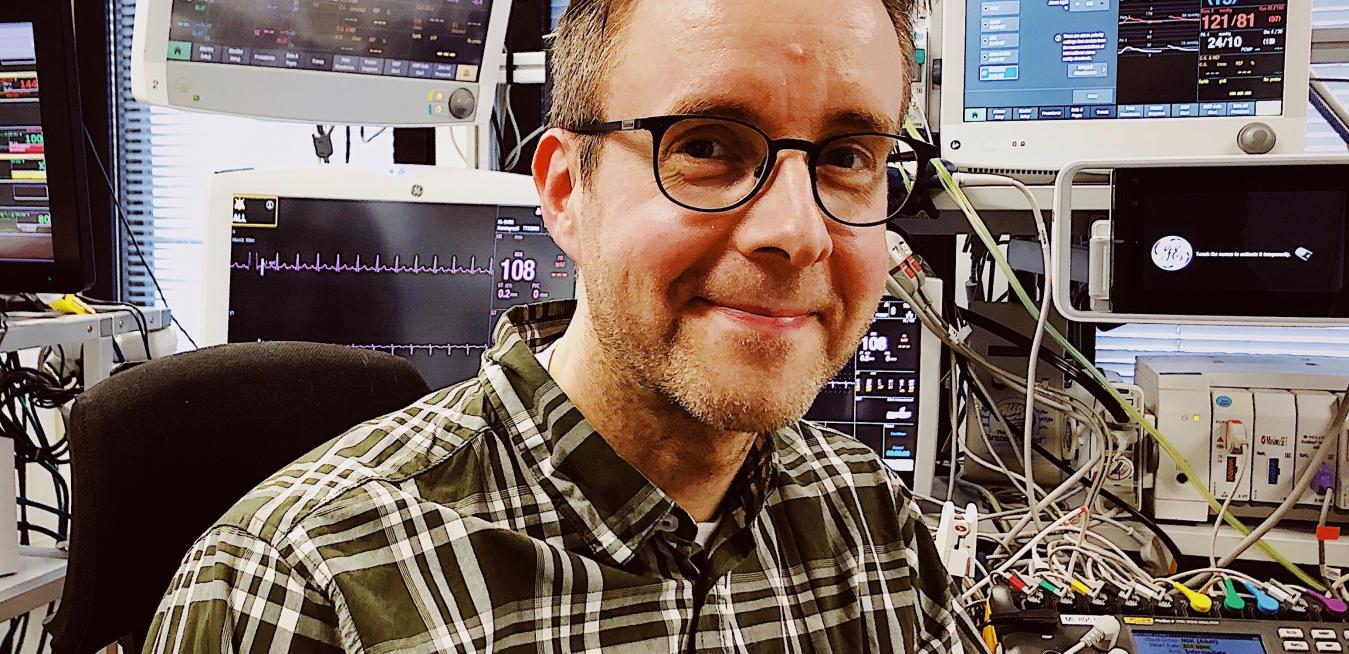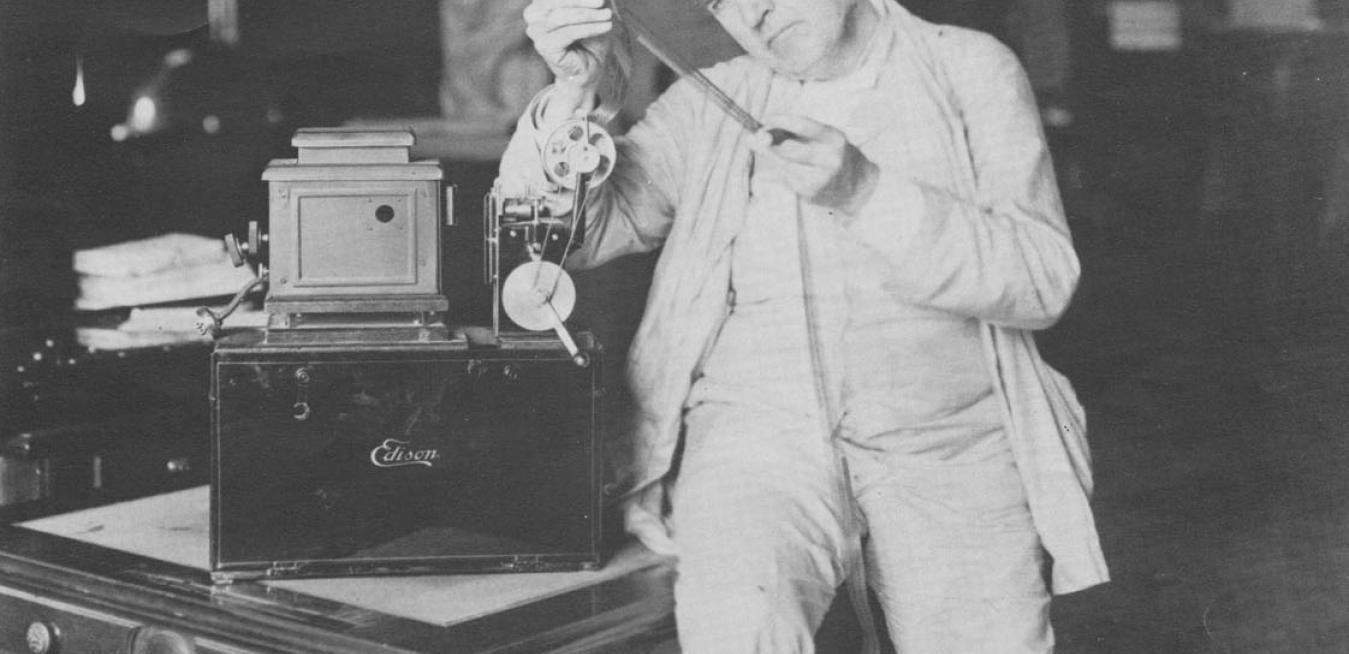- Voluson SWIFT redefines the ultrasound experience for women’s health practitioners by integrating intelligent features that can reduce patient scanning time by as much as 45 percent and automate exam measurements resulting in significant time savings for users.
- World’s first ultrasound system with fully integrated AI that recognizes the 20 views recommended by the International Society of Ultrasound in Obstetrics and Gynecology mid-trimester practice guidelines for fetal imaging, optimizing the scan workflow by 73 percent when compared to manual 2D workflow.
business unit
tags
When you run a large regional hospital network with 12 hospitals spanning two states, the need to operate more efficiently is constant. Take St. Luke’s University Health Network in Pennsylvania and New Jersey.
Since they first appeared in the 1960s, mammography machines have come to symbolize the power of medical imaging technology to help combat breast cancer. But for women whose mammograms — X-ray images of the breast — turn up something unusual, the path to diagnosis can be lengthy and full of anxiety, sometimes taking weeks after the initial screening.
Mark it as a hopeful sign for a country on the mend: Doctors in Iraq seeking to diagnose cancer patients just got their first operational cyclotron.
Angie Norman is comfortable with uncertainty. As one of GE’s experts in lean management, it’s her specialty to crack complex problems in urgent need of a solution. So, when GE Healthcare needed to set up and attach accessories to thousands of medical monitors in record time to serve patients during the pandemic, she was exactly the right person for the job.
Physicists in Germany designed an optical mirror that’s a thousand times thinner than a human hair but emits a powerful reflection, scientists in Washington created a tiny wireless camera system that can be attached to the backs of insects, and a Russian team came up with a way to make it easier to use nanoparticle therapies to treat disease. In this week’s coolest scientific advances, big ideas come in small, small, small packages.
CT scans are one of the most valuable tools to rapidly and accurately diagnose COVID-19 infection and help triage patients for treatment. But because the virus is new, few specialist radiologists have experience in identifying early signs of COVID-19 on CT scans. Equally important as the pandemic escalates globally, a wider set of medical professionals may be called on to interpret CT scans.
Hospitals in Europe and around the world are racing to add beds in their intensive care units for seriously ill patients suffering from COVID-19, the disease caused by the new coronavirus. Medical facilities are converting beds from operating and recovery rooms, securing more ventilators, monitors, ultrasounds and other equipment, and enlisting more doctors and nurses to help.
Rami Koivunen is quick with a laugh and likes to tell self-deprecating jokes. But if the devices he works on could talk, they might confess that this Finn is no fun when it comes to pushing their buttons.
Not much gets past Chad McClennan and his elite detective squad of owls (yes, you read that right). The “chief executive owl” of the healthcare startup Koios Medical, McClennan explains that several of his engineers were military sleuths before applying their talents to breast cancer detection. “They were working for a U.S. Army defense contractor, using facial recognition technology to catch bad guys in foreign lands,” he says. “They realized that the same techniques could be applied to radiology.”
